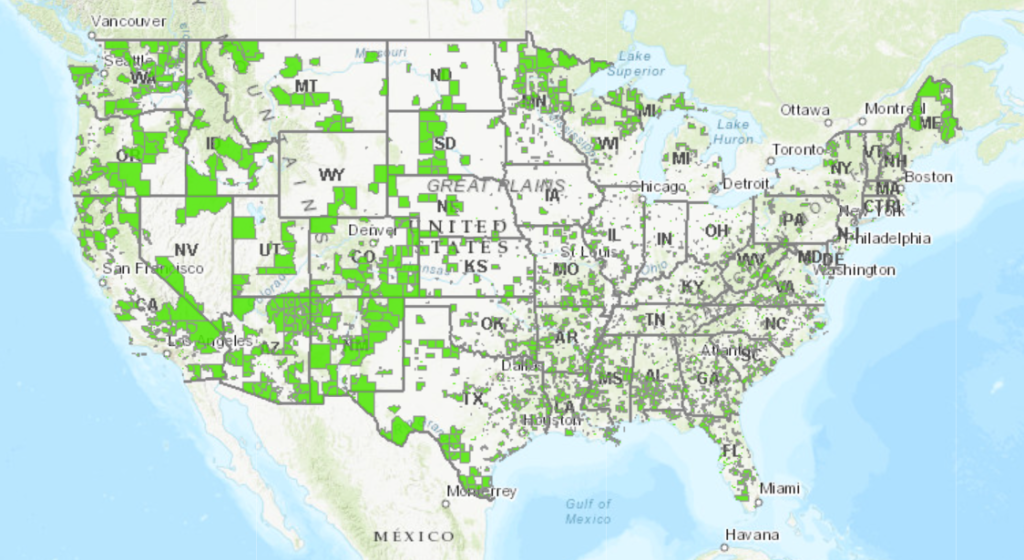Where do food deserts exist?
Read more about food deserts in the following cities:
Fast Facts: Where Do Food Deserts Exist?
- Food deserts exist in both urban areas and rural areas, although the greatest concentration of food deserts occur around the Midwest and South.
- In the U.S., around 20% of rural areas are considered food deserts.
- Low-income zip codes have 30% more convenient stores and half as many supermarkets than areas with higher incomes.
- Predominantly Black communities have about half the number of chain supermarkets compared to white neighborhoods, and Latino neighborhoods have only about a third as many.
Food deserts exist across the United States. Areas that are considered food deserts commonly have similar attributes, including:
- High poverty levels: High poverty makes it difficult to buy healthy food. These areas also disproportionately have lower access to transportation, making it more difficult to get to a grocery store.
- Small populations
- High rates of vacant houses
- Lower education levels
- Higher unemployment rates
- Communities of color: Food deserts are more likely to occur in primarily Black communities. A 2014 study showed that even in areas of equal poverty, Black communities are less likely than communities of other races to have access to grocery stores and fresh food (Bower et al. 2014).
While these are common attributes associated with food deserts, they are not the cause, nor do they occur in all food deserts.
Read more: What Are Food Deserts and Why Do Food Deserts Exist?

USDA Food Access Research Atlas